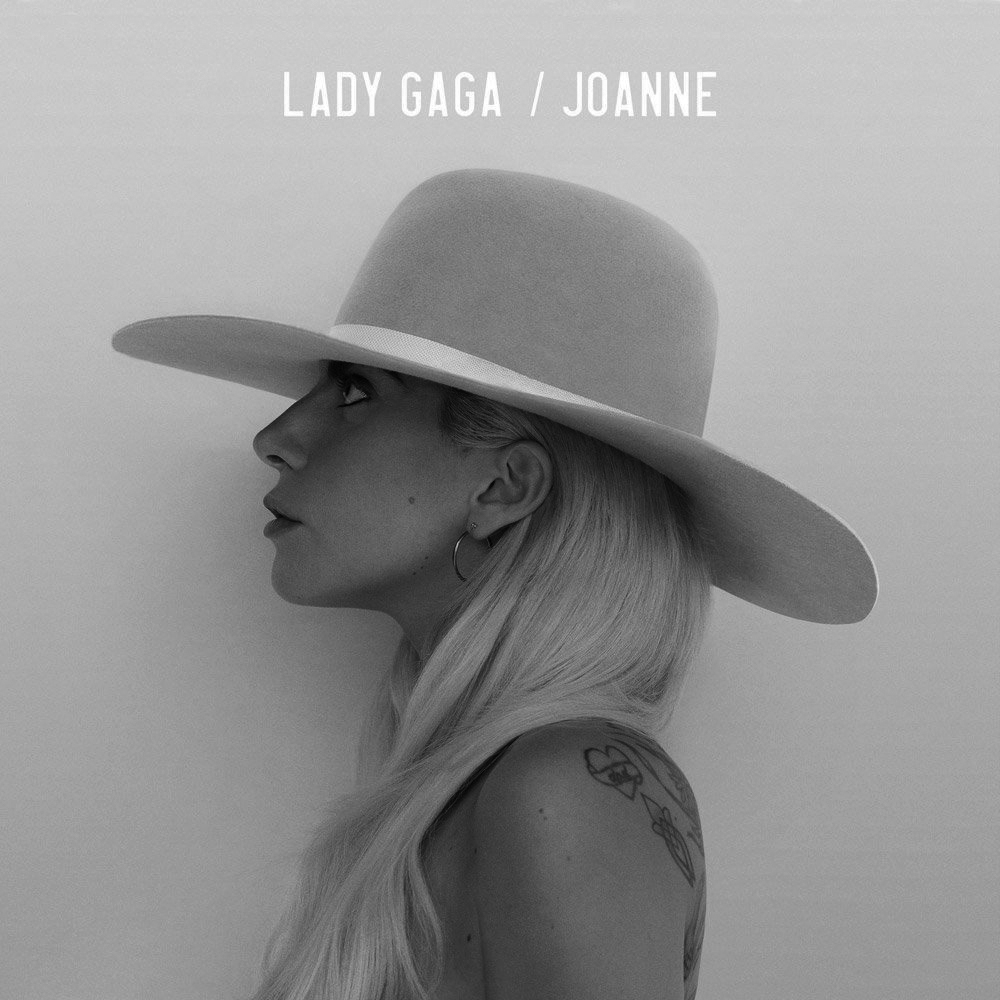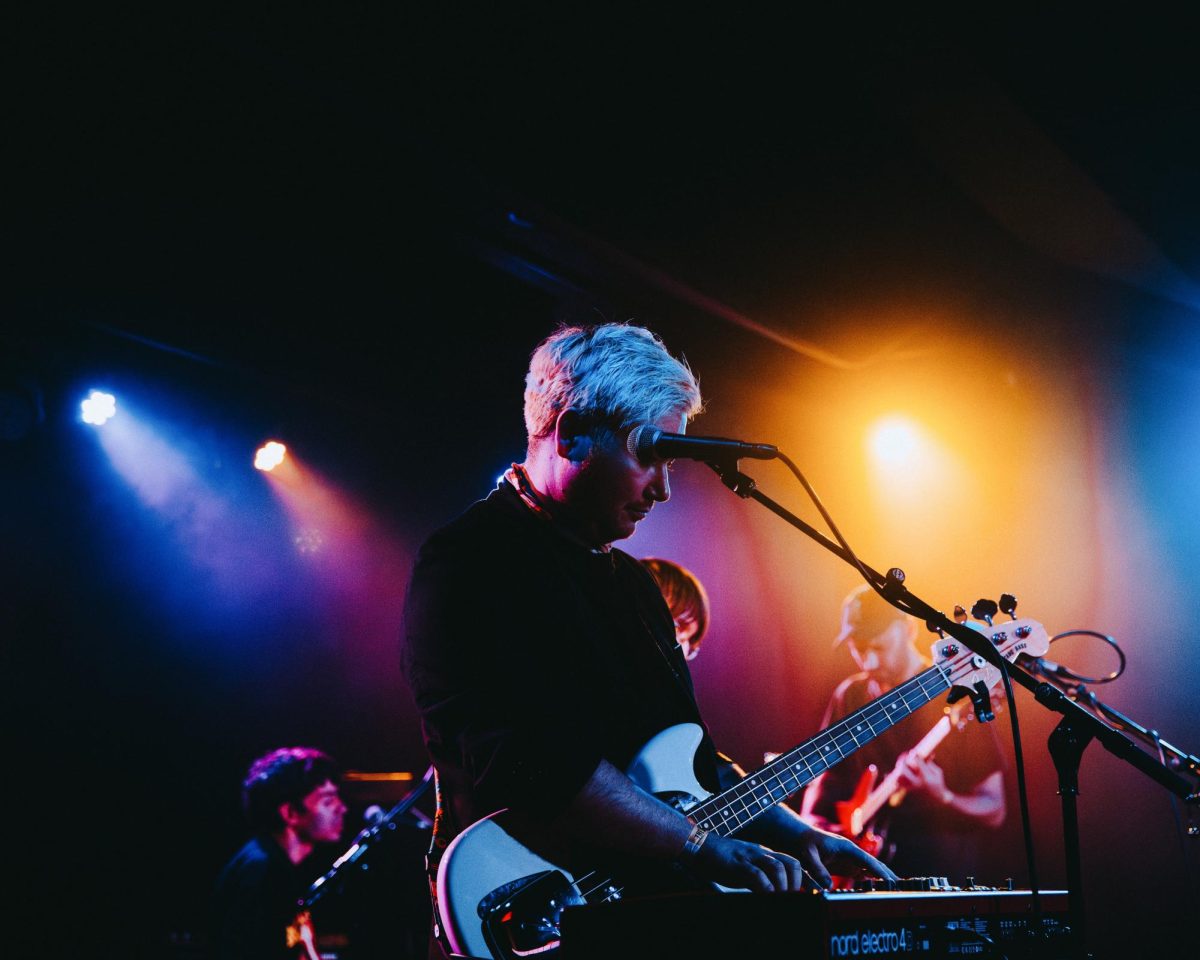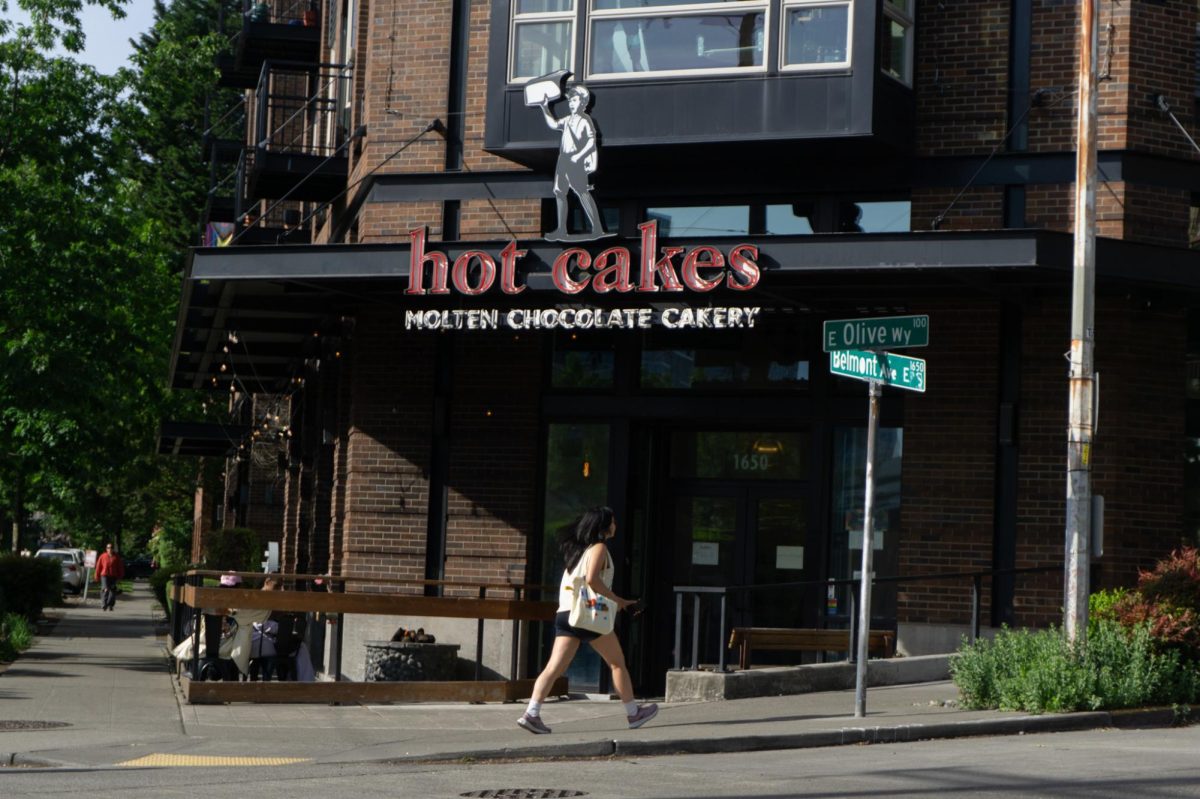One of my most treasured middle school memories—of the select few I like to look back on—was at a sixth grade dance in 2009 when the school’s hired DJ begrudgingly played Lady Gaga’s “Just Dance” and “Poker Face” back-to-back, probably at the request of a poorly dressed tween. My friends and I could barely hear the music through our screams of joy.
This was Lady Gaga at her peak: when you could bet in any week of the year that at least one, but probably more, of her singles would be in the top 10 of the Billboard charts.
That earliest Gaga era, which revolved around her debut album “The Fame” and its later extended version “The Fame Monster,” certainly received the most positive critical and commercial attention. “Born This Way” (2011) and “Artpop” (2013), though reviewed generally well, didn’t do much to break Gaga away from the image she created for herself in the beginning of her career.
But something about the cover of her Oct. 21 release, “Joanne,” in which her profile is donned with a larger-than-life pink fedora, suggests even before listening that Gaga is introducing something completely new.
Developing an aesthetic has always been one of Gaga’s strengths (remember the meat dress?), and probably a big reason why she’s stayed relevant in pop music for the past several years. Even so, her performance of the National Anthem at last year’s Superbowl was a much-needed reminder that her fame has not relied solely on image—she also has a stunning voice.
“Joanne” shows it off, if a little overdramatically. The album starts with a strong vocal performance on a song called “Diamond Heart,” which includes so many crescendos that it’s slightly disappointing when the song comes to an end without ever really having left the station.
One standout moment on “Joanne” is its title track, in which Gaga creates a nasally—but not unlikable—inflection in her voice for the verses and hits a few gorgeous notes for the chorus. It’s a simple song with a distinctive sound, and if the whole album were more cohesive, this track would make for a great thesis.
Another highlight is “Hey Girl,” with instrumentals reminiscent of early Elton John and a guest feature from Florence Welch. This song raises the question: Why are there not more female pop duets in the world? Gaga has a tendency to shine on her collaborations with other big-name artists; her 2010 single “Telephone,” featuring Beyoncé, still begs for a sequel.
Songs like “John Wayne” and “Sinner’s Prayer” fit the recent trend in pop music of taking old country influences and juxtaposing them with crisp production and a heavy, modern percussion arrangement—think Beyoncé’s “Daddy Lessons.” This technique makes more sense on a song like “Daddy Lessons,” where it plays as an homage to the singer’s Texas roots. It’s clear that Manhattan-born Gaga doesn’t bear quite the same connection to these country influences, and her execution is a little awkward. That said, it’s worth praise that she has chosen to experiment with new influences and inch slowly further away from the dance-pop genre that used to define her.
Though it has its high points, “Joanne” ultimately fails to make a strong enough impression to redefine Gaga’s image. The overarching issue with the album is that it’s difficult to place in a specific location; it isn’t quite loud or hook-y enough for a party setting, but it’s too demanding of attention to work as background music during a study session or long car ride.
More than anything, “Joanne” sounds like an artist trying to find her footing as she parts from her old musical identity. It’s interesting the first listen through, but beyond that probably won’t stick in the mind.
Jenna may be reached at
editor@su-spectator.com









